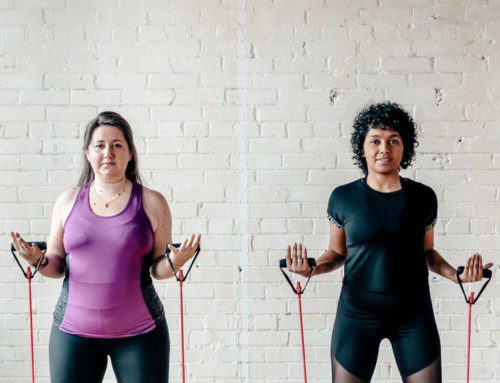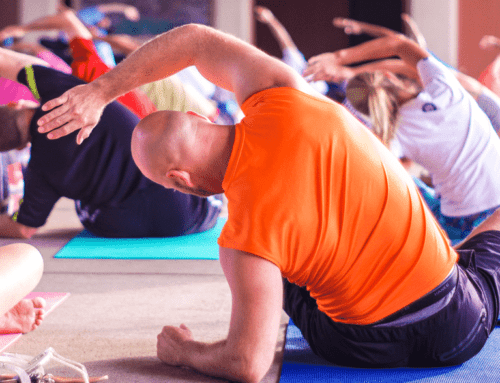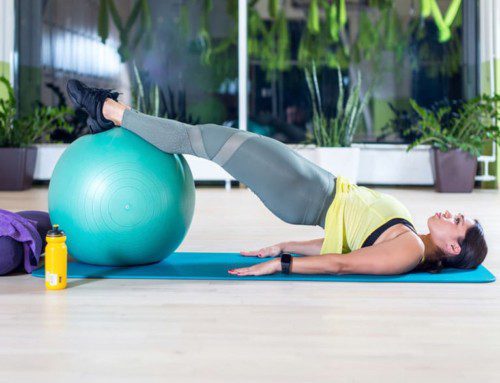Breathing may not seem like an exercise— after all, we do it every day without a second thought. However, when you focus on the technique, this simple action becomes a tool for better health.
One of my favorite breathing exercises is diaphragmatic breathing. When done correctly, this exercise activates one of the key muscles of the core and enables better coordination and support with the rest of the core muscles.
Diaphragmatic breathing is useful for a long list of physical needs, from treating shoulder dysfunction and back pain to alleviating symptoms in women who are pregnant or postpartum.
Why Diaphragmatic Breathing?
The diaphragm sits like a dome at the base of your lungs and provides an essential component of core stability by minimizing stress on the spine and handling intra-abdominal pressure. When inhaling, the diaphragm and pelvic floor lower and go back up on an exhale. The transverse abdominus muscle expands and contracts as you breathe in and out.
When these muscles aren’t working together efficiently, stress translates to other parts of the body during everyday movements like bending, lifting, running and walking. In addition to improved mechanical support, multiple studies have demonstrated diaphragmatic breathing can be beneficial for cortisol levels, affect, and sustained attention— all of which have the potential to be imbalanced in painful states.
How to do Diaphragmatic Breathing
Diaphragmatic breathing exercises can be performed either sitting or laying down. When lying down, position yourself flat on your back with bent knees and a head support. While sitting, be sure to get comfortable and bend both your shoulders and your knees while keeping your neck and head relaxed.
Then, position your hands under your rib cage and on your upper chest to monitor your breathing. Take slow breaths through your nose, with your stomach extending towards your hands during each intake of breath. Activate the muscles in your stomach, allowing them to retract during exhalation, all the while the hand placed on your upper chest stays relatively still.
Want to learn more simple exercises you can implement to improve your health? The physical therapists at SetPT have a wide range of techniques they can teach you based on your individualized health needs.
Set up an appointment with your local SetPT therapist today to start Living Life Your Way!





